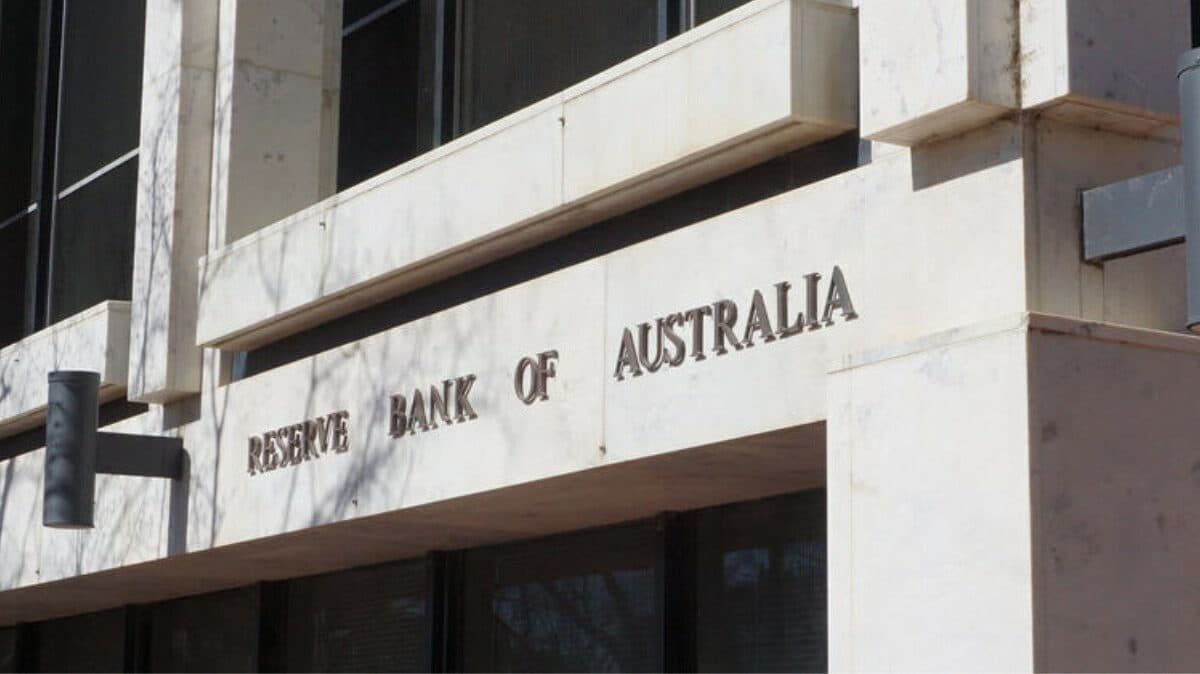During its August monetary policy meeting, the Reserve Bank of Australia (RBA) chose to maintain the Official Cash Rate (OCR) at 4.10% and the interest rate paid on exchange settlement balances at 4.00%.
The RBA’s decision to hold the rate is to allow more time to assess the impact of previous interest rate increases and the economic outlook.
Australia’s central bank has raised interest rates by a total of 400 basis points since May last year, reaching the highest rate in 11 years.
Inflation in Australia slowed to 6% in the second quarter, down from 7% in the first quarter, but it still remains well above the RBA’s target of 2% to 3%.
There were differing opinions among economists regarding whether the RBA would raise interest rates at this meeting, with a slim majority expecting a 25-basis point hike.
RBA Governor Philip Lowe stated that higher interest rates are working towards achieving a more balanced economy, and due to the uncertain economic outlook, the Board chose to keep interest rates steady this month to assess the situation further.
Brodie Haupt, CEO and co-founder of digital lender WLTH, expressed relief for Australian families and homeowners as the cash rate remains at 4.1%. The rate pause provides a more predictable lending environment for potential homebuyers, allowing them to better anticipate borrowing costs with variable-rate loans.
Luke Fossett, General Manager of GoCardless Australia and New Zealand, viewed the rate pause as positive news for both consumers and businesses. He urged businesses to closely monitor their finances and consider more cost-effective payment methods to navigate the economic environment.
Kate Browne, Head of Research & Insights at Compare Club, advised mortgage holders to seek the best possible rate to save on repayments. She highlighted that many Australians haven’t taken advantage of refinancing opportunities, potentially missing out on substantial savings.
Anneke Thompson, Chief Economist at CreditorWatch, noted that the decision to maintain the cash rate came amid better-than-expected inflation and slowing retail sales growth. However, forward indicators suggest a tightening jobs market, which may lead to an increase in the unemployment rate in the future. Cooling economic activity is evident through higher B2B trade payment defaults and reduced capacity utilization.
Keep up to date with our stories on LinkedIn, Twitter, Facebook and Instagram.

